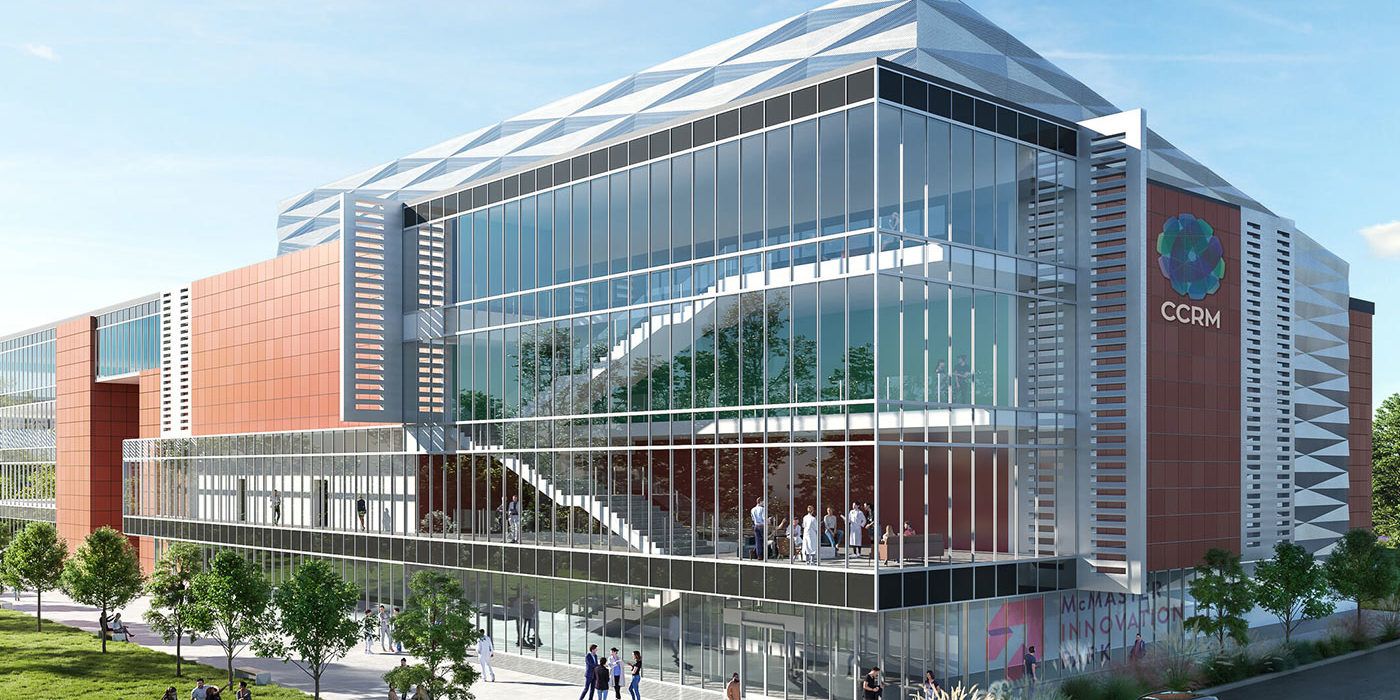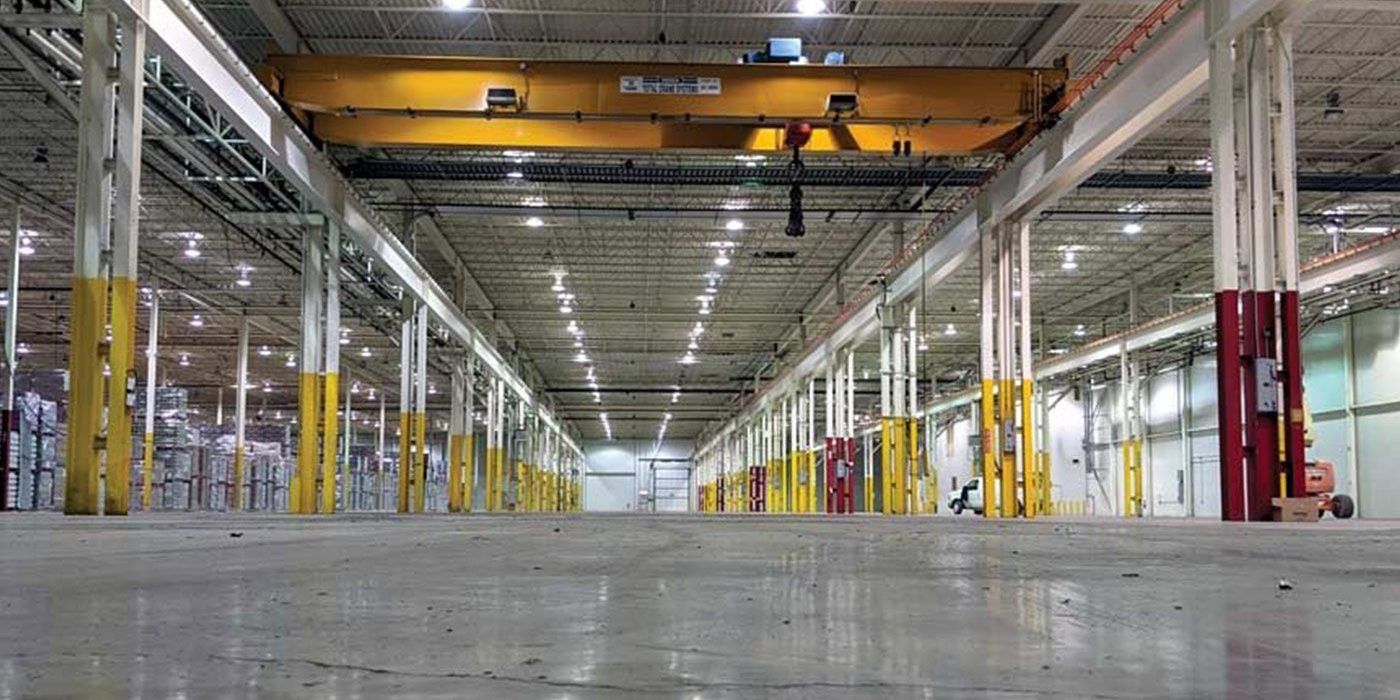Forge & Foster Brings the Tiny Homes Movement to Ontario in a Big Way
Forge & Foster Brings the Tiny Homes Movement to Ontario in a Big Way
Ontario (various regions) – Forge & Foster Investment Management
- Hamilton-based Forge & Foster is establishing tiny home developments across Ontario with the support of Stoney Creek-based True North Tiny Homes.
- Tiny homes movement is growing in popularity because of soaring Ontario home prices, and environmental consciousness.
- Tiny homes can be used as both vacation and permanent residence.
- Developments are in Ontario vacation destinations of Niagara, Huron County, and Kawartha Lakes.
- Sites will also feature alternative vacation accommodations such as cabins and “glamping.”Hamilton-based Forge & Foster Investment Management is bringing the exciting tiny homes movement to Ontario in a big way.
Working with True North Tiny Homes (also out of Hamilton, ON), Forge & Foster is setting up tiny home and alternative living/vacation accommodations in the beautiful, Ontario vacation destinations of Bluewater (Goderich, Huron County), Jordan Valley (Lincoln, Niagara Region), and Pilgrim’s Rest (Lakefield, Kawartha Lakes), with more to come.
Tiny Homes and True North Tiny Homes
Tiny homes are not just a housing format, but rather an increasingly popular movement to live more simply and with mobility.
The industry has grown substantially in Ontario in the past half-decade, especially in response to soaring real-estate prices and a greater focus on living sustainably.
Tiny Homes can be highly customizable, allowing for greater mobility and potential to live “off the grid,” whether as a temporary living -situation or permanent year-round.
To aid in the development of tiny homes for these alternative living and vacation destinations, Forge & Foster tapped the expertise of Truth North Tiny Homes. Based out of Hamilton Ontario, True North Tiny Homes is the brainchild of Daniel Ott and life-partner JoAnna, the homes are custom built and beautifully designed, with the influence of Ott’s interior décor and design firm, White Willow Design.
With tiny homes starting as low as $100,000, and as costs and standards-of-living change across Canada, many are increasingly moving towards tiny homes for their mobility, sustainability, simplicity, and affordability.
Similarly, many municipalities are responding to this interest by changing by-laws to permit year-round living in tiny home units.
Ontario Tiny Home and Alternative Living/Vacation Resorts
Supporting the growth of the tiny home movement with sites where they can be easily accommodated, in addition to other forms of alternative living/vacation – such as RVs or “glamping” – Forge & Foster has begun to acquire and repurpose former RV and camp resorts across Southern Ontario.
The first three that Forge & Foster are launching this year are: Jordan Valley (located in Niagara’s Lincoln township), Bluewater Village (located in Goderich, Huron County), and Pilgrim’s Rest (Lakefield, Kawartha Lakes), with more currently underway.
All acquired between 2020 and 2021, each site will be revitalized and redesigned to appeal to a higher standard of experience. Specific attention will be paid to amenities and ambience, such as horticultural growing spaces aligned with the surrounding Niagara wine region at Jordan Valley.
On these initiatives, Joe Accardi, CEO of Forge & Foster says:
“Between the pandemic and the current Canadian real-estate market, the past year has drastically shifted both how people live, how they play, and how they explore.
From living more simply, affordably, and sustainably, to getting out and exploring your own backyard – like these beautiful destinations across Ontario – we want to make sure we’re not just ahead of the curve on these trends, but directly driving the opportunities they hold for new and emerging industries.”
Adding to this, Ben Ames, CIO of Forge & Foster adds:
“Cost of living has skyrocketed for younger people.
Couple that unaffordability with the Work From Home movement; people don’t have to live in urban areas.
With wifi access scaling to rural areas, the attraction of a lower cost of living and no sacrifice to quality, we are seeing an incredible amount of demand for a more experience-based way of living.”
About Forge & Foster Investment Management
Forge & Foster is an investment and asset management firm, committed to delivering optimal returns for its investors and partners through inventively restoring and growing communities across southern Ontario.
This is done through unique property-asset investment, development, relationship and business support initiatives, including revisioning spaces, capitalizing on emerging markets and models, and forecasting future trends and opportunities.
Forge & Foster are the masterminds behind projects like the restoration of 1 West Ave. and The Ironwood, two of Hamilton’s premiere, artfully restored, vintage office buildings.
Current initiatives include leading developments in Hamilton’s up-and-coming Innovation District, cultural live-work spaces in the urban centres of each Hamilton, Brantford, Cambridge, and Paris, film industry spaces in Hamilton’s Hollywood North corridor, and tiny-homes projects in the beautiful Niagara, Kawartha Lakes and Goderich/Bluewater regions.





 The Atrium
The Atrium Hyatt House
Hyatt House
 MARC
MARC
 New office buildings
New office buildings
 CCRM Building
CCRM Building
 Building 606 and Glass Warehouse
Building 606 and Glass Warehouse
 New parking garage
New parking garage
 44 Frid St
44 Frid St ANNEX70
ANNEX70
 ANNEX150
ANNEX150 LRT Storage Facility
LRT Storage Facility




/https://www.thespec.com/content/dam/thespec/news/hamilton-region/2020/12/02/hollywood-in-hamilton-massive-movie-studio-planned-for-west-harbour-will-open-first-building-in-february/_jlr0441.jpg)
















































